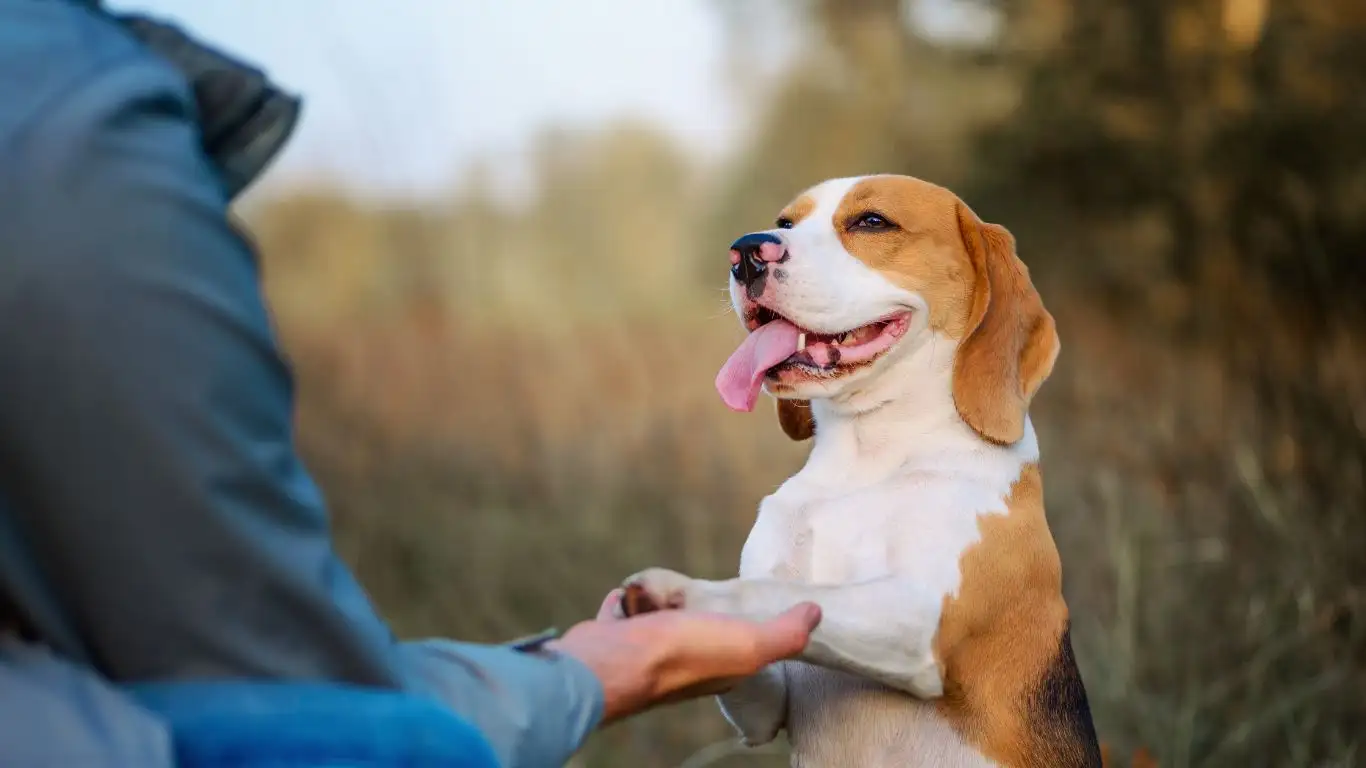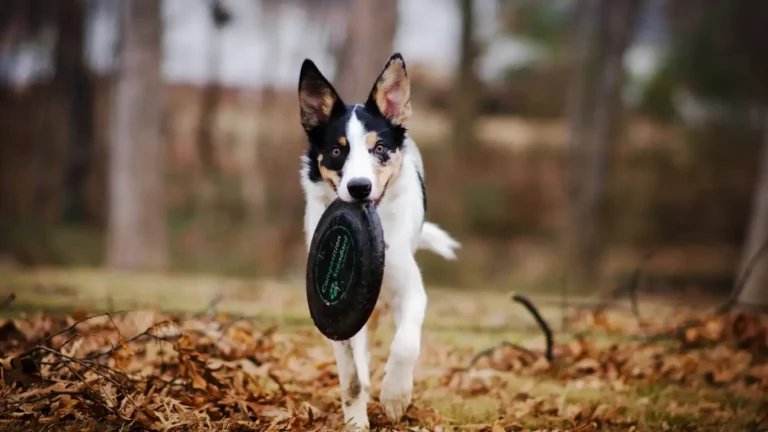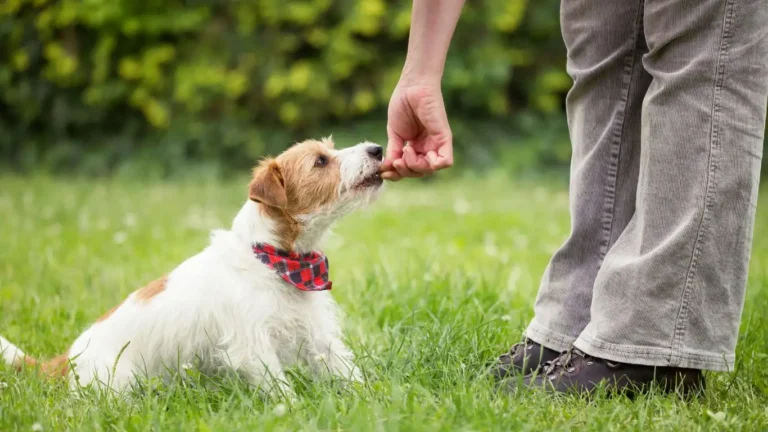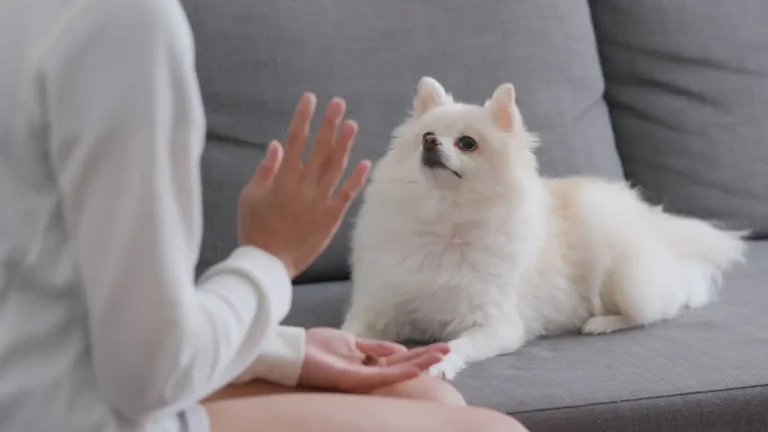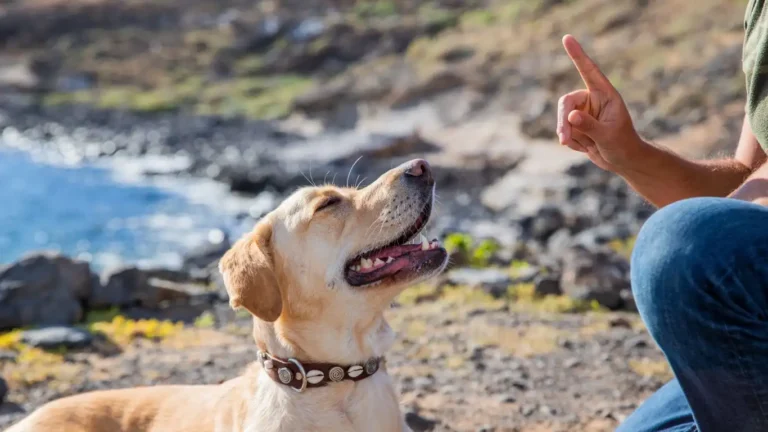Easy Ways to Train a Dog to Stay on a Picnic Blanket
Picture this: you’re enjoying a sunny day at the park, picnic basket in hand, and your furry friend beside you. But instead of lounging on the blanket, your dog is chasing squirrels, sniffing strangers, or running off to explore. Sound familiar?
You’re not alone. Many dog owners struggle to keep their pets calm and settled in outdoor settings. The good news? With the right approach, you can teach your dog to stay peacefully on a picnic blanket, turning your outings into relaxing, joyful experiences.
Let’s break it down together — step by step — using gentle, proven training methods that both you and your dog will enjoy.
Why Some Dogs Won’t Stay Put
Before we get into training, it helps to understand why dogs struggle with staying on a blanket. Dogs are naturally curious and love to explore their surroundings, especially when there are new scents, sounds, and people. Add squirrels or other dogs to the mix, and you’ve got a recipe for distraction!
Some dogs may also feel nervous in unfamiliar environments, which can cause restlessness. That’s why training this behavior starts with building trust, comfort, and clear communication.
How to Train a Dog to Stay on a Picnic Blanket
This kind of training is a mix of basic obedience, positive reinforcement, and gradual exposure. Here’s how to get started:
-
Start at Home
Begin by teaching your dog to associate the blanket with calm, relaxed behavior. Spread it out in your living room or backyard and invite your dog to sit or lie down on it. Use treats and a cheerful voice to reward them for staying put.
Tip: Use a specific cue like “Blanket” or “Place” every time they go to it. -
Use High-Value Rewards
Training outside will compete with distractions, so be sure to pack your dog’s favorite treats. According to Dr. Zazie Todd, PhD in psychology and author of *Wag: The Science of Making Your Dog Happy*, “High-value treats can help reinforce good behavior in distracting environments.”
Tip: Use soft, smelly treats like small bits of cheese or chicken. -
Train Short Sessions First
Keep early sessions brief and positive. Ask your dog to stay on the blanket for just 10–20 seconds at first, then gradually increase the time. If they get up, gently guide them back without punishment.
Tip: End on a good note so your dog stays motivated for the next session. -
Practice “Settle” Behavior
Teaching a “settle” command can help your dog relax in new places. According to the American Kennel Club (AKC), this is a useful cue for teaching calm behavior on command.
Tip: Practice this at home first, then introduce it on the blanket. -
Gradually Introduce Distractions
Once your dog is comfortable on the blanket at home, try the same training in your backyard or a quiet park. Slowly work up to busier settings as your dog’s focus improves.
Tip: Don’t rush. Going too fast can set your dog back. -
Use a Leash or Long Lead
In public places, use a leash to prevent wandering while still giving your dog room to settle. A long training lead (10–15 feet) allows space while keeping control.
Tip: Clip the leash to a harness rather than a collar to avoid pulling. -
Provide Toys or Chews
Give your dog something to do while they stay on the blanket. Puzzle toys, chew treats, or even a stuffed Kong can keep them occupied and calm.
Tip: Save these special items for outdoor use only, so they stay exciting. -
Stay Consistent
Like any skill, consistency is key. Make “picnic practice” a regular part of your routine, even if you’re just training in the backyard.
Tip: Daily five-minute sessions can yield big results over time.
What the Experts Say
Veterinary behaviorist Dr. Lisa Radosta recommends training calm behaviors in low-stress settings first: “Dogs can’t learn well when they’re anxious. Start simple and make the experience positive.”
Meanwhile, organizations like the Victoria Stilwell Academy stress the importance of reward-based training over punishment. Not only is it more humane, but it also builds a stronger, happier bond between dog and owner.
Extra Tips for Success
Sometimes, a few lesser-known strategies can make all the difference:
-
Bring a Familiar Scent
If your dog is anxious, bring a small blanket or toy from home to help them feel secure. -
Time Your Outings
Choose quieter times at the park for early training sessions. Avoid the lunch rush or weekends if your dog is easily overstimulated. -
Watch the Weather
Hot pavement, biting insects, or wet grass can affect your dog’s comfort. Bring a cooling mat or umbrella for shade if needed. -
Use a Clicker (Optional)
If you’re clicker training, mark the moment your dog lies on the blanket, then reward. This helps clarify exactly what behavior earns a treat.
Note: Every dog is different. If your pup shows signs of anxiety or reactivity in public settings, consider working with a certified trainer or behaviorist for one-on-one help.
Conclusion: A Personalized Approach is Best
Training your dog to stay on a picnic blanket isn’t just about obedience — it’s about helping them feel calm, safe, and connected to you in any environment. With patience, positive reinforcement, and a little creativity, even the most energetic dogs can learn to relax and enjoy the moment.
Every dog learns at their own pace, and that’s okay. What matters most is consistency, kindness, and a willingness to meet your dog where they are.
So go ahead — pack that basket, grab your blanket, and invite your dog along. With the right training, your next picnic could be the start of many peaceful, tail-wagging adventures together.
